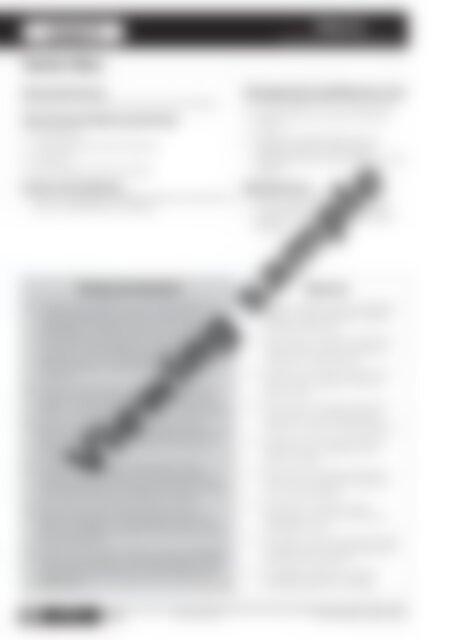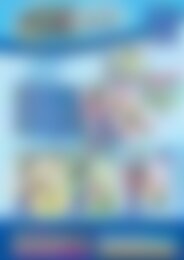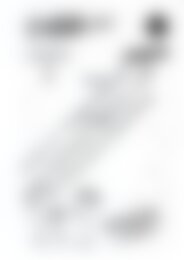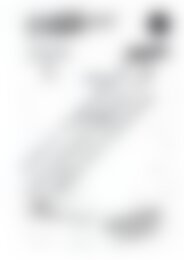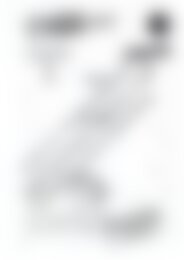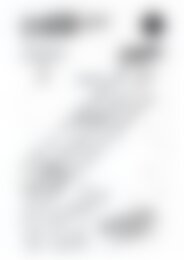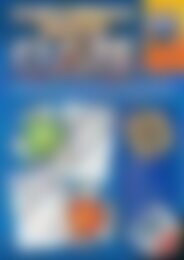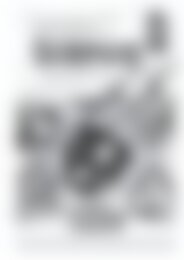PR-6170RUK Science A STEM Approach - Primary 1
Create successful ePaper yourself
Turn your PDF publications into a flip-book with our unique Google optimized e-Paper software.
Lesson 6<br />
Materials<br />
MATERIALS HAVE <strong>PR</strong>OPERTIES<br />
Teacher Notes<br />
<strong>Science</strong> Inquiry Focus:<br />
What types of materials are used to make clothing?<br />
Skills Development/Working Scientifically:<br />
• Questioning<br />
• Investigating and experimenting<br />
• Analysing<br />
• Recording and communicating<br />
<strong>Science</strong> Learning Outcome:<br />
• Pupils investigate how different types of materials are<br />
used to make different clothing.<br />
Background Information<br />
• Clothing and accessories are made of different<br />
materials depending on their use and the<br />
availability of materials. They can be made from<br />
natural fibres such as cotton, linen, wool or silk,<br />
or from man-made fibres such as acrylic, nylon,<br />
polyester or lycra. Clothing can also be made of<br />
other materials including leather, metal, plastic<br />
or wood.<br />
• Cotton can be used to make jeans, T-shirts and<br />
socks. It is strong when woven into fabric, soft,<br />
flexible, smooth, cool to wear and very absorbent.<br />
• Wool can be used to make jumpers, gloves,<br />
beanies and scarves. It is strong when woven into<br />
fabric, soft, flexible, rough, warm to wear and<br />
absorbent.<br />
• Leather can be used to make jackets, vests,<br />
trousers, skirts and belts. It is strong, flexible or<br />
stiff (depending on the object), smooth or rough<br />
and is cool in summer and warm in winter.<br />
• Silk can be used to make dresses, ties, hair<br />
ribbons and suits. It is strong when woven into<br />
fabric, soft, flexible, smooth, shiny, warm to wear<br />
and is absorbent.<br />
• Plastic can be used to make raincoats, wellington<br />
boots and umbrellas. It is strong, flexible or stiff,<br />
(depending on the object), and is smooth and<br />
waterproof.<br />
Technology/Engineering/Mathematics Links:<br />
• Viewing digital texts, including videos.<br />
• Participating in an online interactive<br />
activity.<br />
• Using the ShowMe application on<br />
a tablet computer to take digital<br />
photographs and record audio over the<br />
images<br />
Assessment Focus:<br />
• View the pupil's ShowMe videos to<br />
monitor their ability to describe the<br />
properties of materials used to make<br />
clothing.<br />
Resources<br />
• Online interactive activity—Weather<br />
Wheel at <br />
• Two pieces of clothing made from<br />
nylon or lycra, such as a swimsuit,<br />
a leotard or cycling shorts<br />
• One piece of clothing made from<br />
cotton, such as jeans, a T-shirt or<br />
cotton socks<br />
• One piece of clothing made from<br />
wool, such as a woollen jumper,<br />
a beanie, a scarf or woollen gloves<br />
• One piece of clothing made from<br />
leather, such as a jacket, a vest,<br />
a skirt or a belt<br />
• One piece of clothing made from<br />
silk, such as a silk dress, a silk top,<br />
a tie or a hair ribbon<br />
• One piece of clothing made<br />
from plastic, such as a raincoat or<br />
wellington boots<br />
• Five sets of coloured and laminated<br />
property cards on pages 80 and 81<br />
(re-use from Lesson 2)<br />
• Five tablet computers with the<br />
ShowMe application installed<br />
Viewing sample<br />
92 <strong>Science</strong>:<br />
A <strong>STEM</strong> AP<strong>PR</strong>OACH<br />
Infants 978-1-912760-14-5 Prim-Ed Publishing – www.prim-ed.com


